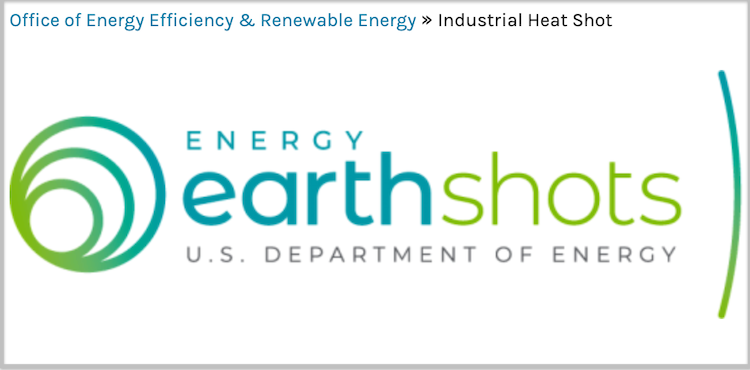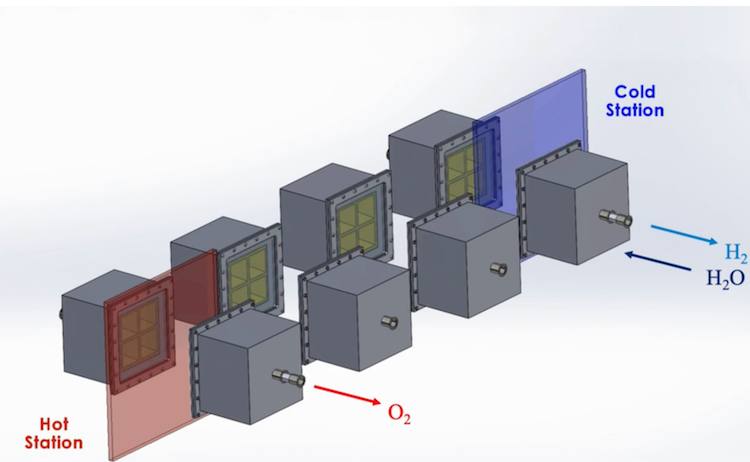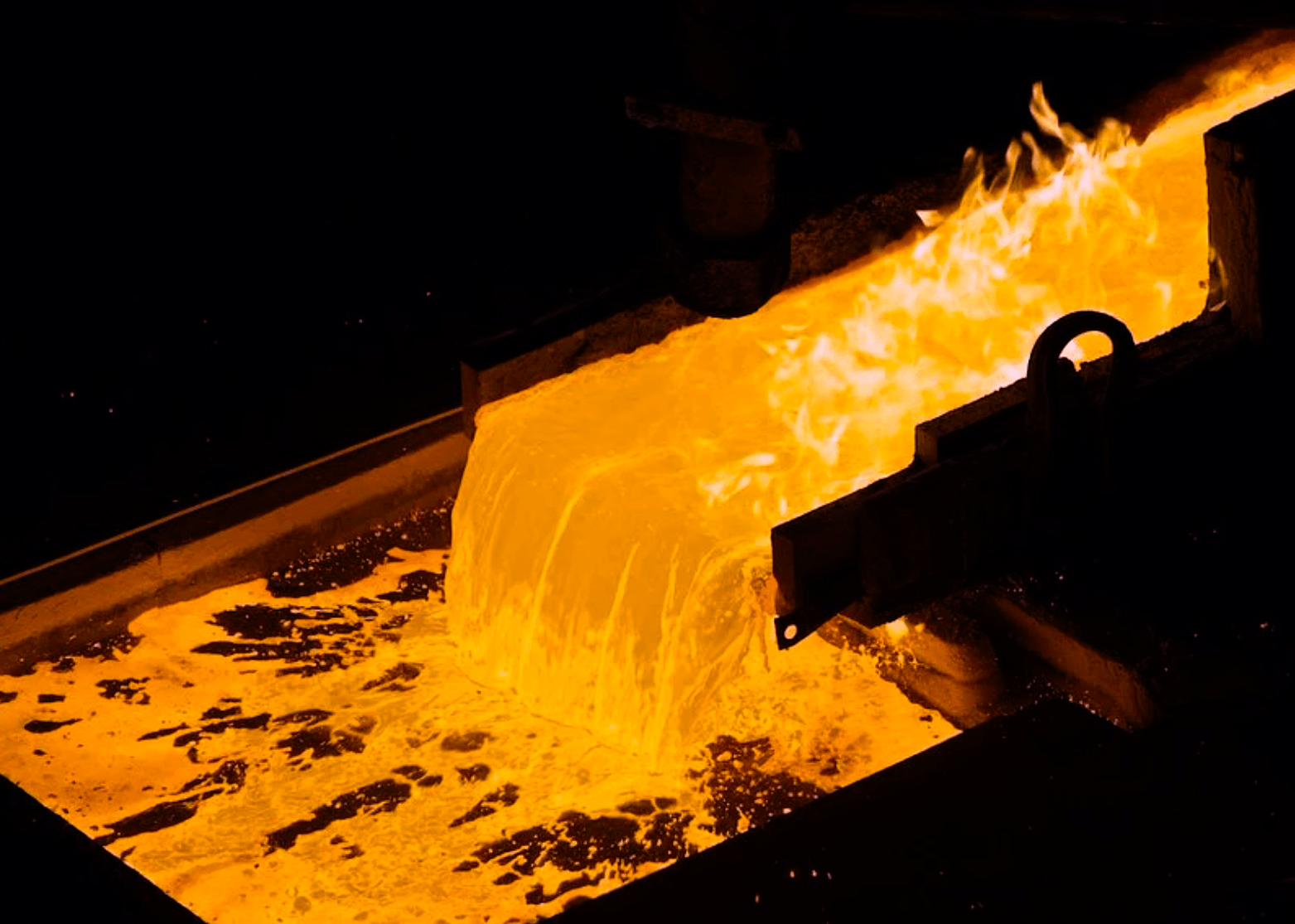Solar fuels are made using thermochemistry driven by direct heat from the sun In this process, solar thermal energy provides the heat for thermochemical reactions to produce new compounds such as green hydrogen or sustainable aviation fuel. Highly concentrated solar...


























































